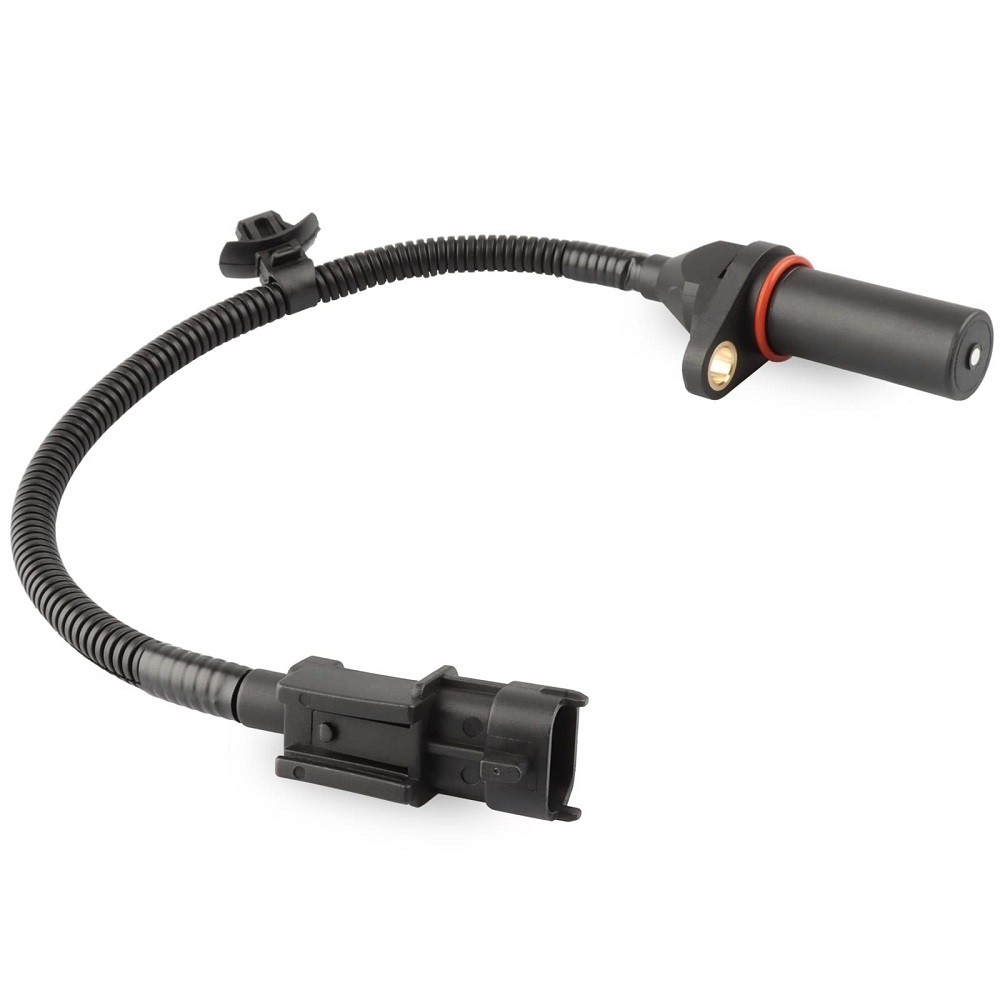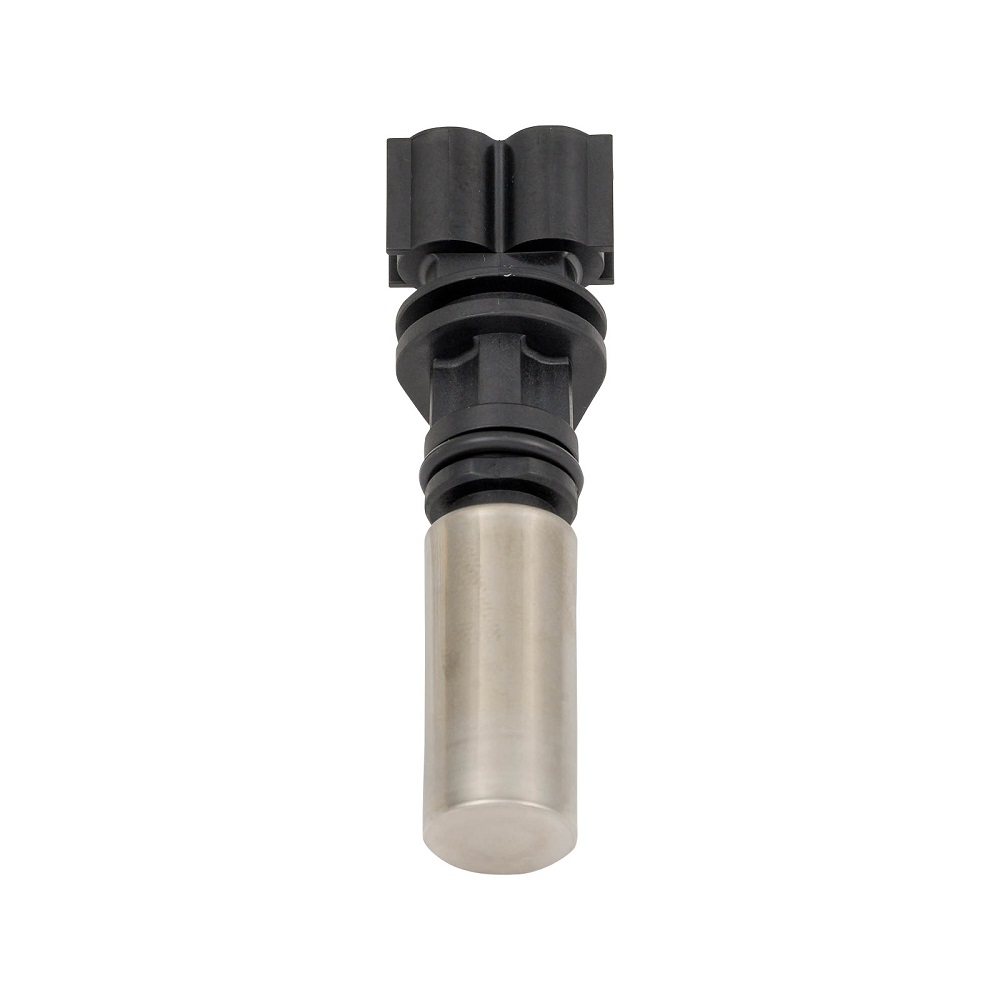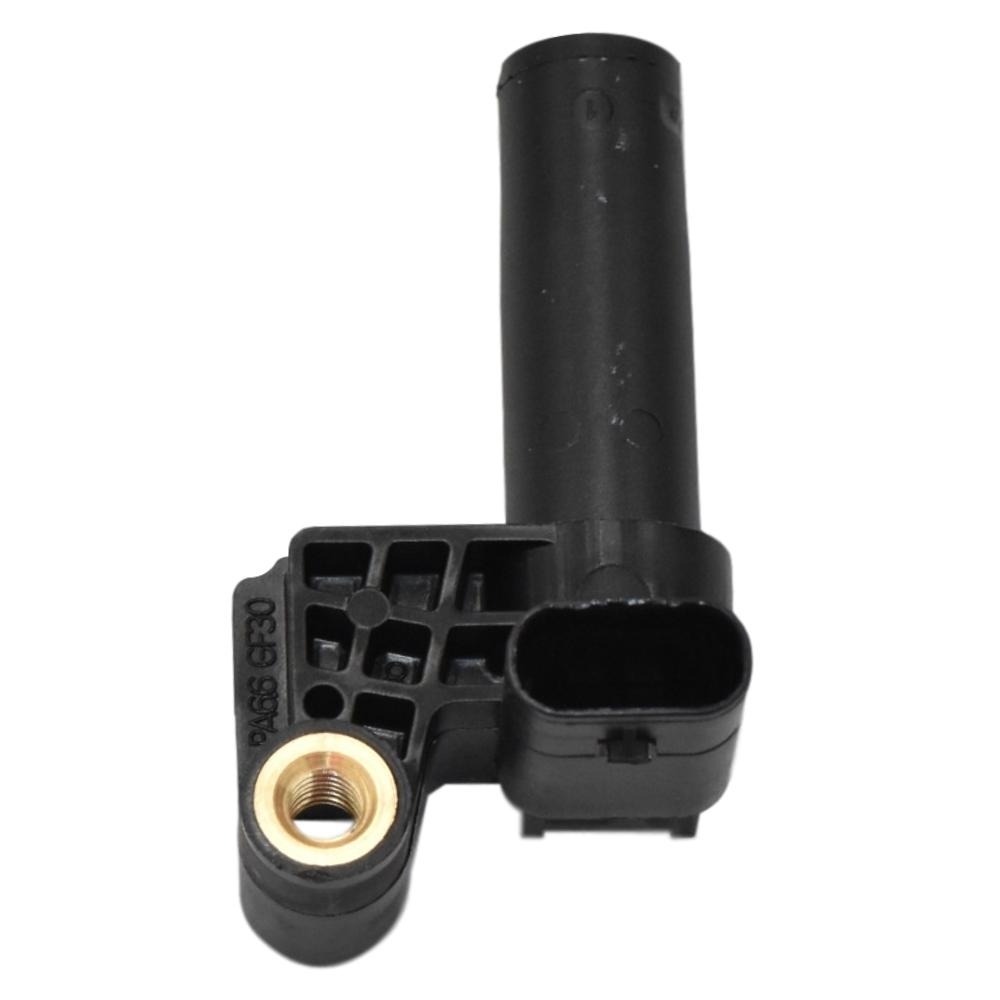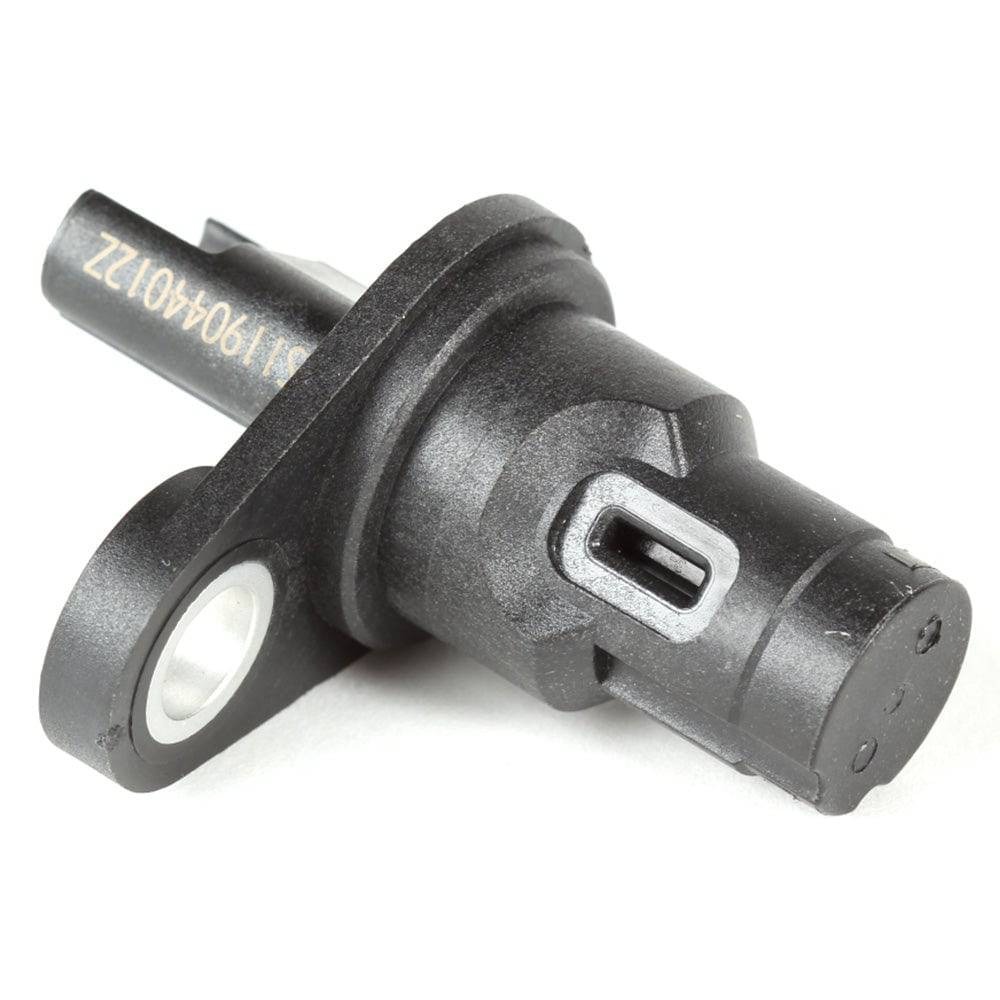Nov 20, 2025
Bad Crankshaft Sensor: How It Affects Your Vehicle’s Performance
The crankshaft position sensor (CKP) plays a crucial role in the functioning of an internal combustion engine. This small but vital component accurately measures the position and rotational speed of the crankshaft. When the crankshaft sensor malfunctions, it can lead to a range of performance issues in your vehicle. Understanding how a bad crankshaft symptom sensor affects your engine’s performance is essential for any car owner. This article explores the function of the crankshaft sensor, common signs of failure, effects on vehicle performance, and steps to take if you suspect a problem.
Understanding the Crankshaft Position Sensor
Function of the Crankshaft Position Sensor
The primary role of the crankshaft position sensor is to monitor the position and speed of the crankshaft. This information is critical for the engine control unit (ECU) to determine the correct timing for fuel injection and ignition. The sensor sends real-time data to the ECU, allowing it to adjust engine parameters for optimal performance. A faulty sensor can disrupt these functions and lead to various engine performance problems.

Types of Crankshaft Position Sensors
There are two main types of crankshaft position sensors: magnetic sensors and Hall-effect sensors. Magnetic sensors work by generating a voltage signal in response to changes in the magnetic field created by the crankshaft. Hall-effect sensors, on the other hand, use a semiconductor to detect changes as the crankshaft rotates. Both types serve the same essential purpose but may have different installation requirements and signal outputs.
Location of the Sensor
The crankshaft position sensor is typically mounted on the engine block or near the crankshaft pulley. Its exact location may vary depending on the make and model of the vehicle. It is usually positioned in a way that allows it to accurately read the rotational speed of the crankshaft. Understanding where the sensor is located can aid in diagnosing potential issues.
Signs of a Bad Crankshaft Position Sensor
Check Engine Light Activation
One of the first indications of a failing crankshaft position sensor is the activation of the check engine light. The ECU monitors the sensor’s performance, and any irregularities can trigger this warning. While the check engine light may indicate various problems, it is crucial to have the vehicle scanned for error codes to confirm if the crankshaft sensor is the issue.
Engine Stalling
A bad crankshaft position sensor can cause the engine to stall unexpectedly. If the sensor fails, the ECU may receive incorrect readings, disrupting the timing of ignition and fuel delivery. This can result in a loss of power while driving or cause the engine to shut down entirely. Experiencing intermittent stalling can be a significant safety concern, especially in traffic.

Difficulty Starting the Engine
Another common symptom of a bad crankshaft position sensor is difficulty starting the engine. If the ECU doesn’t receive accurate data from the sensor, it may struggle to determine the correct timing for ignition. This can lead to no-start conditions or prolonged cranking before the engine starts. If you notice this issue, it’s essential to investigate the crankshaft position sensor.
Effects of a Bad Crankshaft Position Sensor on Performance
Decreased Fuel Efficiency
When the crankshaft position sensor malfunctions, it can cause issues with fuel delivery. The engine may run richer or leaner than intended, leading to decreased fuel efficiency. Poor fuel economy increases operational costs and can be frustrating for drivers. If you notice a significant drop in mileage, consider checking the crankshaft position sensor as a potential cause.
Rough Idling
A bad sensor can also lead to rough or unstable idling when the vehicle is at a stop. If the ECU cannot receive reliable data, the engine may struggle to maintain a steady RPM, resulting in a fluctuating idle. This symptom is often accompanied by vibrations or shaking from the engine, indicating that further inspection is necessary.
Performance Loss During Acceleration
When you accelerate, the crankshaft position sensor plays a critical role in determining how quickly power is sent to the wheels. A failure can cause hesitation or a noticeable drop in performance during acceleration. As a driver, you may experience a lag when pressing the throttle, making it difficult to merge onto highways or navigate traffic safely.
Diagnosing a Bad Crankshaft Position Sensor
Using an OBD-II Scanner
To effectively diagnose issues related to the crankshaft position sensor, an OBD-II scanner is one of the best tools available. This device connects to the vehicle’s onboard diagnostics system, providing access to error codes related to engine performance. Look for codes that specifically relate to the crankshaft position sensor or general performance issues.

Visual Inspection of the Sensor
Performing a visual inspection of the crankshaft position sensor can provide immediate insights into potential issues. Check for frayed wires, damaged connectors, or signs of corrosion. If the sensor appears worn or disconnected, this may indicate the source of the problem. However, other underlying issues may require professional diagnosis.
Testing Sensor Output
Beyond visual inspections, testing the output of the crankshaft position sensor can help confirm its functionality. Use a multimeter to measure the voltage signals produced by the sensor while cranking the engine. Refer to the manufacturer’s specifications for guidance on expected readings. If the sensor does not provide accurate data, it’s likely defective.
Repairing or Replacing the Crankshaft Position Sensor
Professional Assessment
If you suspect that the crankshaft position sensor is defective, a professional mechanic should assess the situation. They can conduct comprehensive diagnostic tests to determine the root cause of the problem. Getting a professional opinion is especially important if you’re unsure about the issue or if other components may be affected.
Replacement Process
If the crankshaft position sensor is confirmed to be faulty, replacing it is the best option. The process begins with disconnecting the vehicle’s battery to ensure safety. The old sensor is then removed, and the new one is installed in its place. Proper alignment and secure connections are essential for effective functionality. After replacement, reconnect the battery and clear any error codes.
Testing After Replacement
After installing a new crankshaft position sensor, it is crucial to conduct testing to ensure proper operation. Start the engine and observe how it runs compared to previous performance. Look for issues such as stalling or rough idling. Testing will confirm that the new sensor resolves the problem and restores normal engine operation.

Preventing Future Issues
Regular Maintenance
Maintaining your vehicle through regular service and inspections can help prevent issues with the crankshaft position sensor. Routine check-ups can catch problems before they escalate. This includes examining the sensor wiring and connections during general inspections. Consistent maintenance contributes to overall vehicle longevity and performance.
Monitoring Performance
It is essential to be aware of any changes in your vehicle’s performance. Keeping track of fuel efficiency, acceleration, and overall driving experience can help you identify potential issues early. Promptly addressing any unusual behavior can prevent further damage and ensure your vehicle remains safe to drive.
Investing in Quality Parts
When replacing parts, investing in high-quality components is crucial. Using reputable brands for replacement sensors can lead to reliable performance. Quality parts generally offer better longevity and effectiveness, providing peace of mind for drivers. Ensure that replacement sensors meet the manufacturer’s specifications.
Summary of the Crankshaft Position Sensor
Importance in Engine Management
In summary, the crankshaft position sensor plays a vital role in engine management systems. By accurately monitoring the position and speed of the crankshaft, it helps regulate ignition timing and fuel delivery. A reliable sensor is imperative for optimal engine performance. Recognizing its importance allows drivers to appreciate their vehicle’s functionality fully.
Recognizing Signs of Failure
Understanding the signs of a bad crankshaft position is crucial for timely diagnosis. Symptoms such as engine stalling, difficulty starting, and decreased fuel efficiency indicate the need for inspection. Be proactive in addressing these issues to avoid further complications.
Professional Support
Lastly, don’t hesitate to seek professional assistance if issues arise with your crankshaft position sensor. Experienced mechanics can provide valuable insights and ensure your vehicle operates safely. By working with professionals, you can prevent further damage and maintain your vehicle’s performance.
Conclusion: Stay Ahead of Crankshaft Sensor Issues
In conclusion, the crankshaft position sensor is a vital component that can significantly affect your vehicle’s performance. Paying attention to its functions, signs of failure, and proper maintenance can help you stay ahead of potential issues. By prioritizing quality parts, regular inspections, and professional support, you can ensure your vehicle remains reliable on the road.
Be Proactive
As a vehicle owner, being proactive about maintenance will lead to better performance and longevity. Recognize the signs of a failing crankshaft position and take action. By maintaining awareness and good practices, you can avoid costly repairs down the road.

Educate Yourself
Educating yourself about the various components of your vehicle can enhance your driving experience. Understanding how systems like the crankshaft position sensor work will empower you to make informed decisions regarding your vehicle’s health. Knowledge is a powerful tool for maintaining your car’s performance.
Enjoy Every Drive
Ultimately, embrace driving with confidence, knowing that your vehicle is well-maintained. With the right care, your engine will provide a smooth and enjoyable experience. Focus on enjoying the journey while taking any necessary steps to ensure your vehicle remains in excellent condition. Investing in knowledge and care leads to many enjoyable drives ahead!
More Details